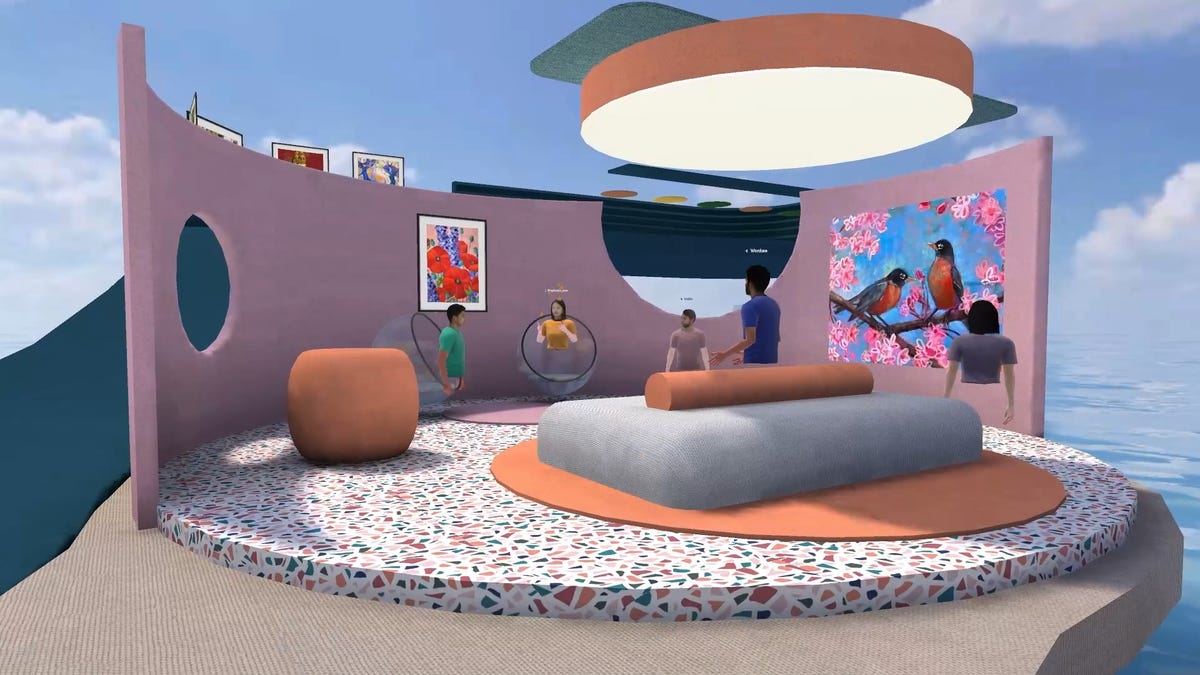Why 3D Communities Are Transforming Art, Design, and Gaming
The emergence of 3D communities in recent years has changed the creative scene by offering game developers, designers, and artists new and creative alternatives. These communities have developed into thriving centers where creativity and technology meet, encouraging cooperation and expanding the field of what is conceivable in the digital sphere. Let's examine how they are changing gaming, design, and the arts.
Fostering Collaboration and Skill Sharing
The potential of 3D communities to unite people is among their most important effects. People can share information, display their work, and gain knowledge from others through platforms including forums, social media groups, and specialist software marketplaces. For example, novice 3D artists can network with experts, obtain courses, and get helpful criticism. In addition to improving individual abilities, this collaborative ecosystem propels the community's overall development.
Driving Innovation in Art
For artists, 3D technology is creating new opportunities. The resources accessible in these communities are transforming conventional art genres, from producing abstract virtual installations to producing hyper-realistic sculptures. Instead of being limited to tangible materials, artists may now experiment in a digital environment where errors can be readily fixed and works can be continuously improved. Furthermore, audiences can now experience art in immersive ways thanks to the emergence of virtual reality (VR) galleries and augmented reality (AR) shows.
Enhancing Design Practices
3D modeling and rendering are now indispensable technologies in the design industry. Industrial engineers, architects, and product designers use these technologies to test prototypes, visualize concepts, and produce intricate representations of their ideas. Designers can access a multitude of resources, including pre-made models, plugins, and software hints, by participating in 3D communities. This sharing of resources and knowledge accelerates the design process, enabling designers to produce more polished and creative output.

Transforming Gaming Experiences
The emergence of 3D technology and associated communities has significantly impacted the gaming sector. The possibilities of 3D design, ranging from incredibly lifelike character models to vast open-world settings, have fundamentally transformed the creation and gameplay of video games. Game developers widely use 3D communities to gather resources, resolve technical issues, and generate ideas. As a result, the gaming environment has never been more visually attractive, immersive, or interactive.
Democratizing Access to Tools and Knowledge
This subject is now more accessible than ever thanks to the growth of open-source tools and reasonably priced 3D software. Communities built around these technologies guarantee that prospective artists can access the resources they need to get started, no matter how much money they have. Free models, textures, and tutorials are available on many platforms, enabling beginners to start and advance without having to make a substantial initial commitment. In order to promote a varied and inclusive creative environment, this democratization is essential.
The Future of 3D Communities
The function of 3D communities will change as technology advances. It is anticipated that developments in AI, machine learning, and real-time rendering will significantly improve the skills of game developers, designers, and artists. These communities will likely grow into fully immersive virtual environments as the metaverse takes off, allowing for completely new forms of production and cooperation.
Conclusion
The potential of 3D communities to unite people, democratize resources, and spur creativity in a variety of fields is what gives them their transformational power. These communities will surely be crucial in influencing the direction of gaming, design, and art as they develop further. There has never been a better moment to discover the world of 3D and all of its possibilities, regardless of your level of experience as a professional or your aspirations as a creator.
Comments
Post a Comment